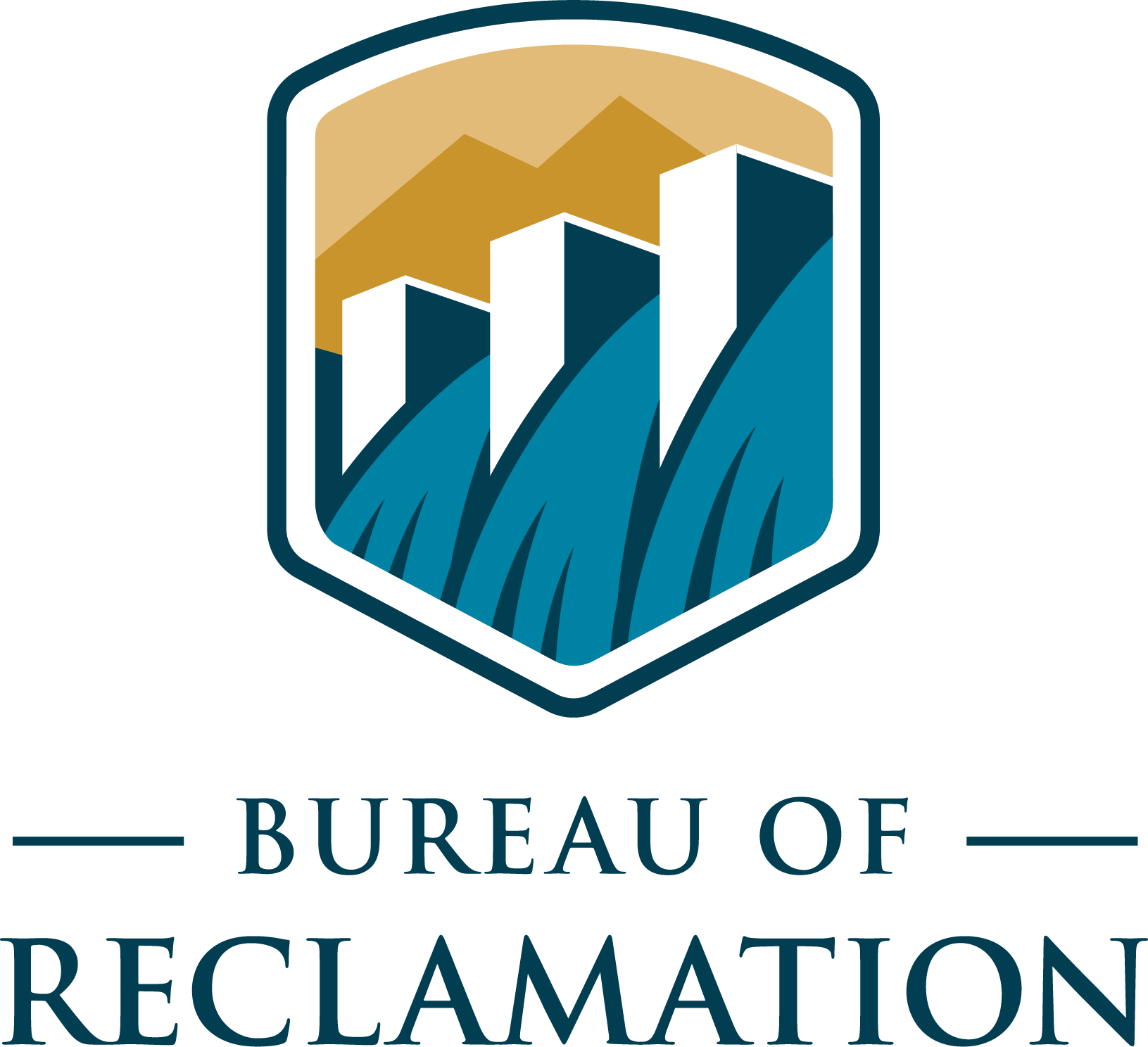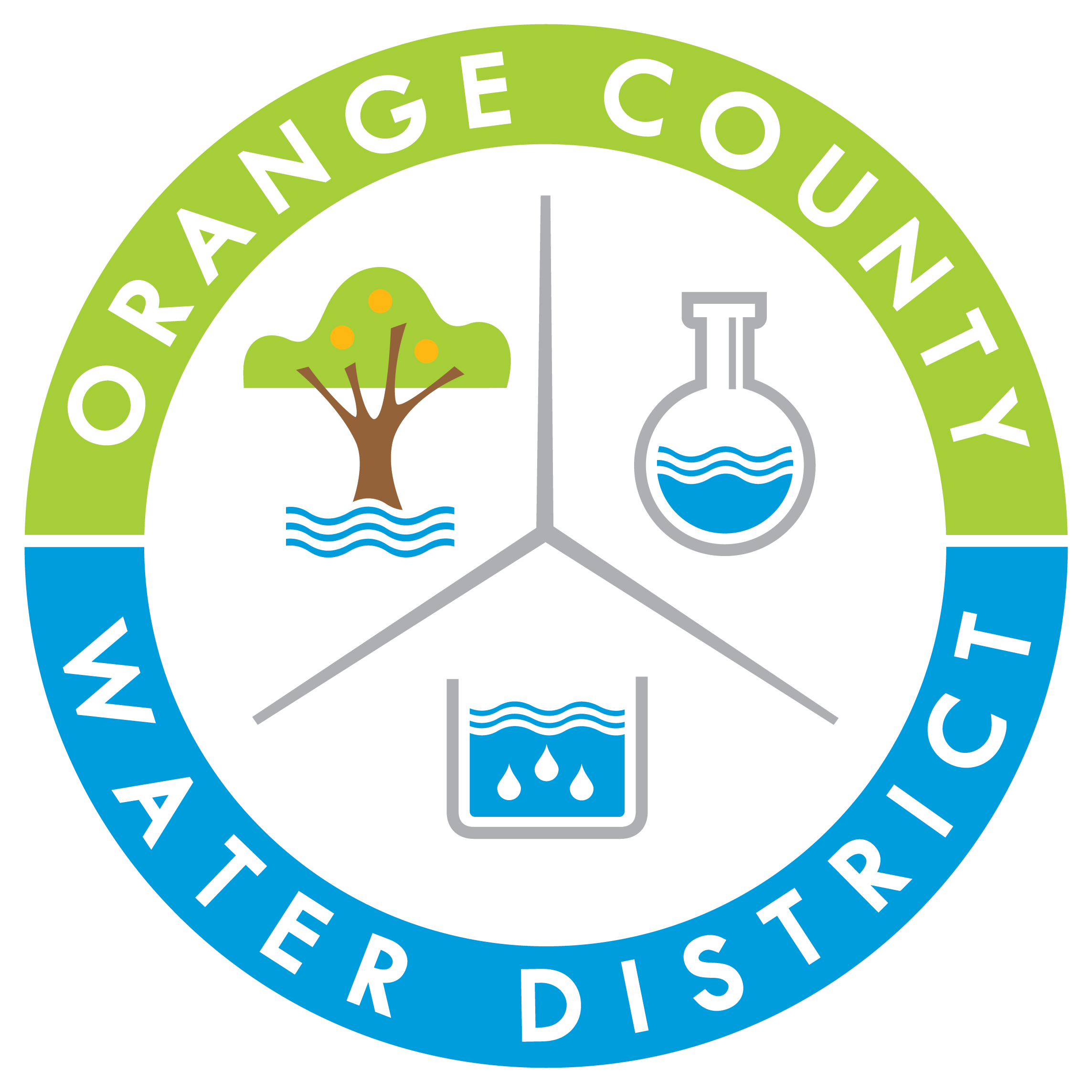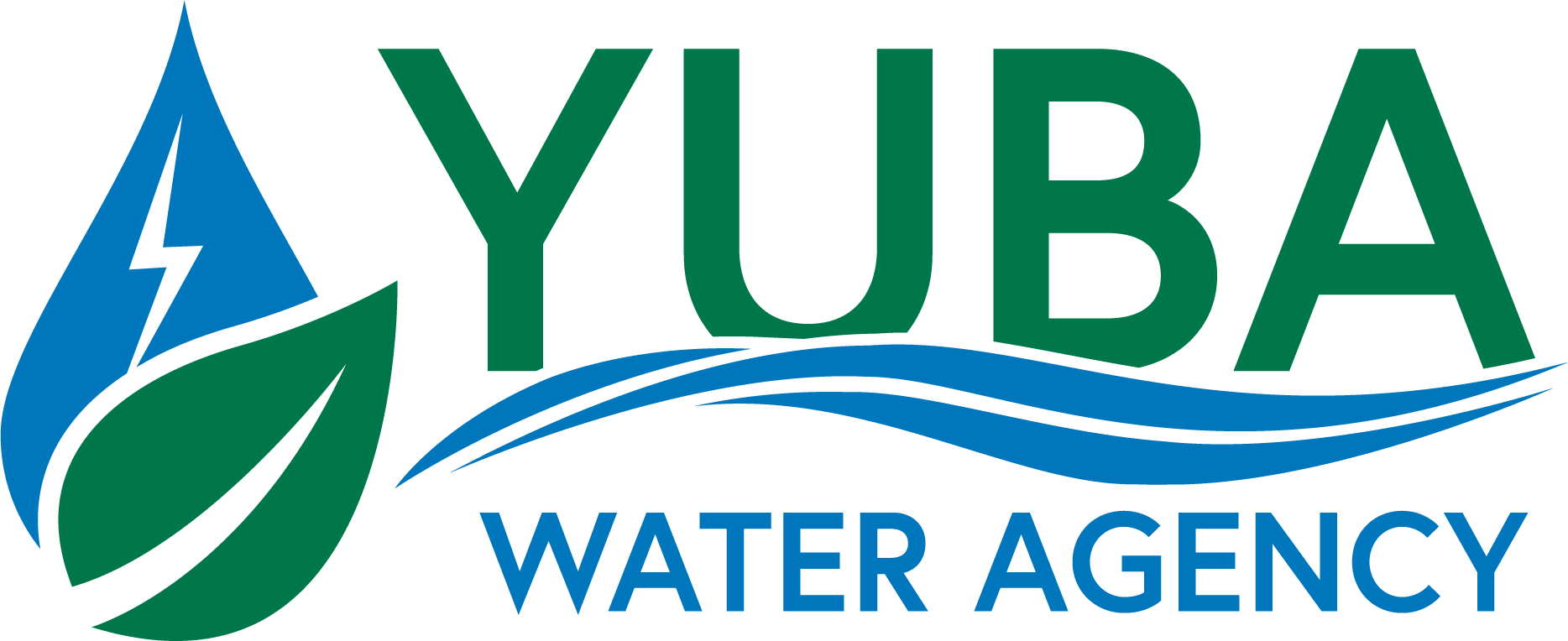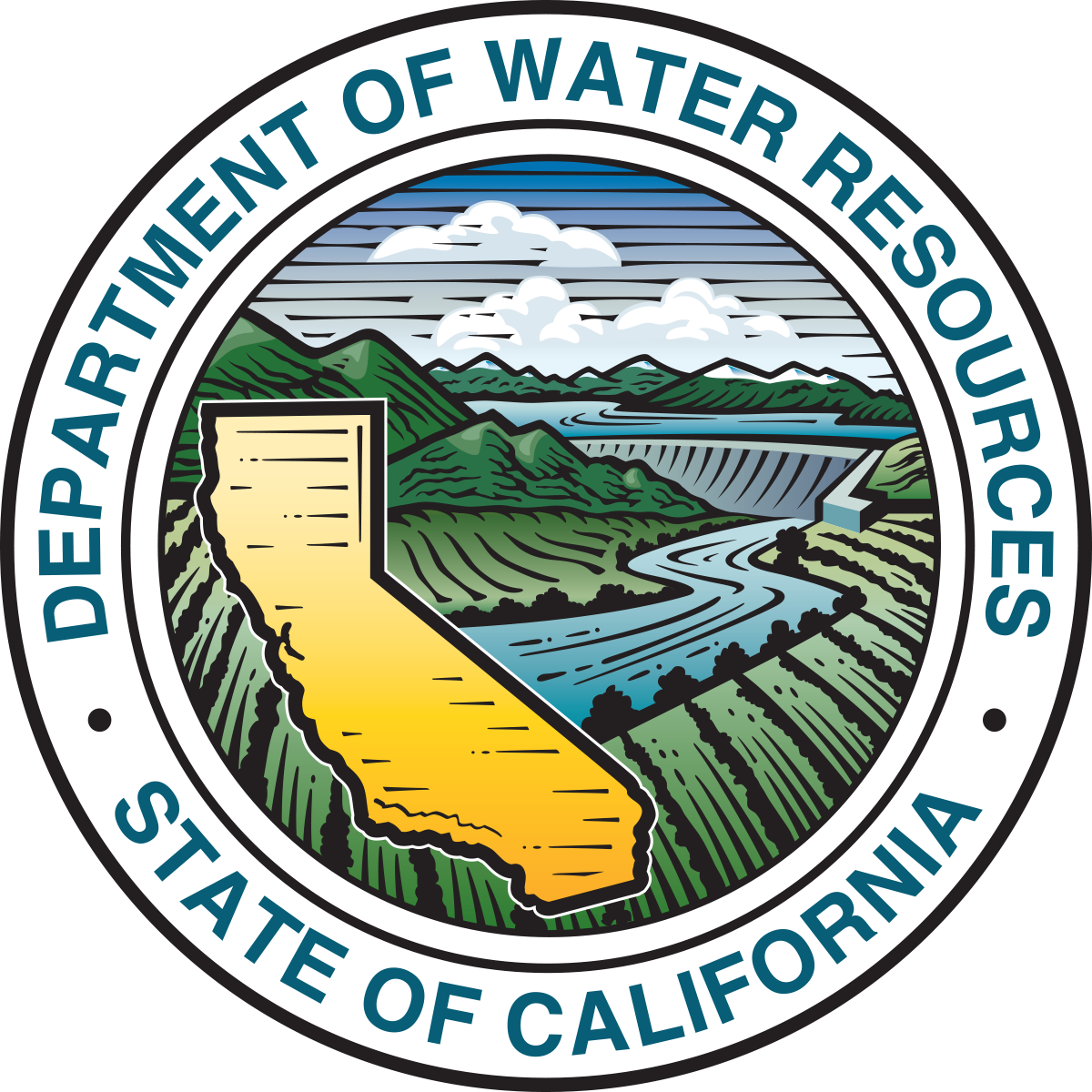Forecast Informed Reservoir Operations
FIRO is a reservoir-operations strategy that better informs decisions to retain or release water by integrating additional flexibility in operation policies and rules with enhanced monitoring and improved weather and water forecasts (American Meteorological Society; 2020).
FIRO is being developed and tested as a collaborative effort in the Russian River Basin (Lake Mendocino), the Santa Ana River Basin (Prado Dam), and the Yuba-Feather River Basins that engages experts and stakeholders in civil engineering, hydrology, meteorology, biology, economics and climate from several federal, state and local, universities and others. There is significant interest and support for developing FIRO at other appropriate locations in the Western U.S. and elsewhere.
 |




| |
 |




| |
 |




| |
|
Steering Committee Co-Chairs Jay Jasperse (Sonoma Water) F. Martin Ralph (Center for Western Weather and Water Extremes at Scripps Institution of Oceanography) Nick Malasavage (US Army Corps of Engineers) Members Michael Anderson (California State Climate Office, Department of Water Resources) Levi Brekke (U.S. Bureau of Reclamation) Michael Dettinger (CW3E, formerly U.S. Geologic Survey) Joseph Forbis (US Army Corps of Engineers) Alan Haynes (California Nevada River Forecast Center, NWS) Joshua Fuller (National Marine Fisheries Service) Cary Talbot (US Army Corps of Engineers) Robert Webb (NOAA’s Earth System Research Laboratory) Patrick Sing (US Army Corps of Engineers) Support Staff Arleen O’Donnell (Eastern Research Group) Rob Hartman (RKH Consulting Services) Nathan Pingel (HDR Inc.) Michael Konieczki (HDR Inc.) Related Documents |
Lake Mendocino The first FIRO pilot project is for Lake Mendocino, a reservoir in the Russian River Watershed located in Northern California. CW3E and Sonoma Water Agency are chairing the multiple-agency effort to assess the viability of FIRO for Lake Mendocino. Lake Mendocino is the smaller of the two reservoirs located in the Russian River Watershed. The Russian River is a primary water supply for Mendocino, Sonoma and Marin counties. Sonoma Water is a wholesale supplier of water from the Russian River to urban areas in Sonoma and Marin counties, serving over 600,000 people. In addition, the Russian River and adjacent alluvial aquifers provide the water supply for several cities, communities, rural residents, and agriculture in the watershed. The Russian River and tributaries also support three salmonid species listed under the state and federal Endangered Species Act. Atmospheric Rivers (ARs) are an important component of the water supply in the Russian River and provide 40-50% of total rainfall (Dettinger et al. 2011; Ralph et al. 2013). Average annual precipitation ranges from about 35 to 80 inches, with amounts generally increasing with elevation. Much of this rain occurs through just a few ARs each year. These highly productive AR storms have been key to ending droughts (in wet seasons) in the area since 1950 (i.e., 60% of droughts were “busted” by ARs; Dettinger 2013). Lake Mendocino located on the East Fork of the Russian River in Northern California and is created by the Coyote Valley Dam (CVD). Lake Mendocino has operated since 1959 and captures water from two sources: (1) runoff from a drainage area of approximately 105 square miles and (2) Eel River water diverted by PG&E’s Potter Valley Project (PVP). Natural drainage and streamflow (as opposed to reservoir releases) contribute the majority of the Russian River flow downstream of CVD and above Dry Creek (Lake Sonoma) during the rainy season (November through April). In contrast, during the drier months of May through October, water released from Lake Mendocino accounts for most of the water in the Russian River upstream of Dry Creek. Sonoma water and the Mendocino Flood Control District have water right permits authorizing storage up to 111000 acre-feet per year (ac-ft) in the reservoir during the dry season (May-September). Reflecting the strong seasonality of precipitation, the mid-winter water supply pool of Lake Mendocino is 68,400 ac-ft to allow room to capture winter storm runoff. Sonoma Water controls releases from the water supply pool in Lake Mendocino. However, the USACE manages releases when the water level exceeds the top of the water supply pool elevation. The 1959 Lake Mendocino Water Control Manual (with minor updates in 1986), specifies reservoir elevations to control flooding and simultaneously establishes the storage reserved for water conservation. The Manual was developed using the best information available at the time, but it has not been adjusted to reflect changing climate conditions and significant improvements in weather and streamflow forecasts over the past 30 years An ultimate goal of the FIRO process is to update the water control manual. Other important considerations in the last couple of decades are the decrease of diversions through the PVP and the biological opinion that dictates releases from Lake Mendocino in support of the salmonid populations. PVP diversions are regulated by a license issued to PG&E, the local energy utility, by the Federal Energy Regulatory Commission (FERC) and serve multiple purposes, including power generation, Potter Valley agricultural irrigation, and minimum instream flow requirements in the East Fork of the Russian River. PG&E’s FERC license was amended in 2004, resulting in significant reductions in PVP diversions starting in 2006, resulting in significantly lower annual inflows to Lake Mendocino. The National Marine Fisheries Service has issued a biological opinion to support the endangered and threaten salmonids in the Russian River. Specific to Lake Mendocino operations, the Russian River Biological Opinion identifies three primary project elements impacting fisheries: (1) higher summer flows/velocity from Lake Mendocino releases effecting juvenile steelhead rearing habitat in the upper mainstem Russian River; (2) chronic turbidity issues associated with Lake Mendocino discharge; and (3) water discharge ramping rates (up/down). FIRO includes these new inflow and outflow restrictions in the viability assessments. American Meteorological Society, cited 2020: Forecast-informed reservoir operations. Glossary of Meteorology. [Available online at http://glossary.ametsoc.org/wiki/Forecast-informed_reservoir_operations.] |

